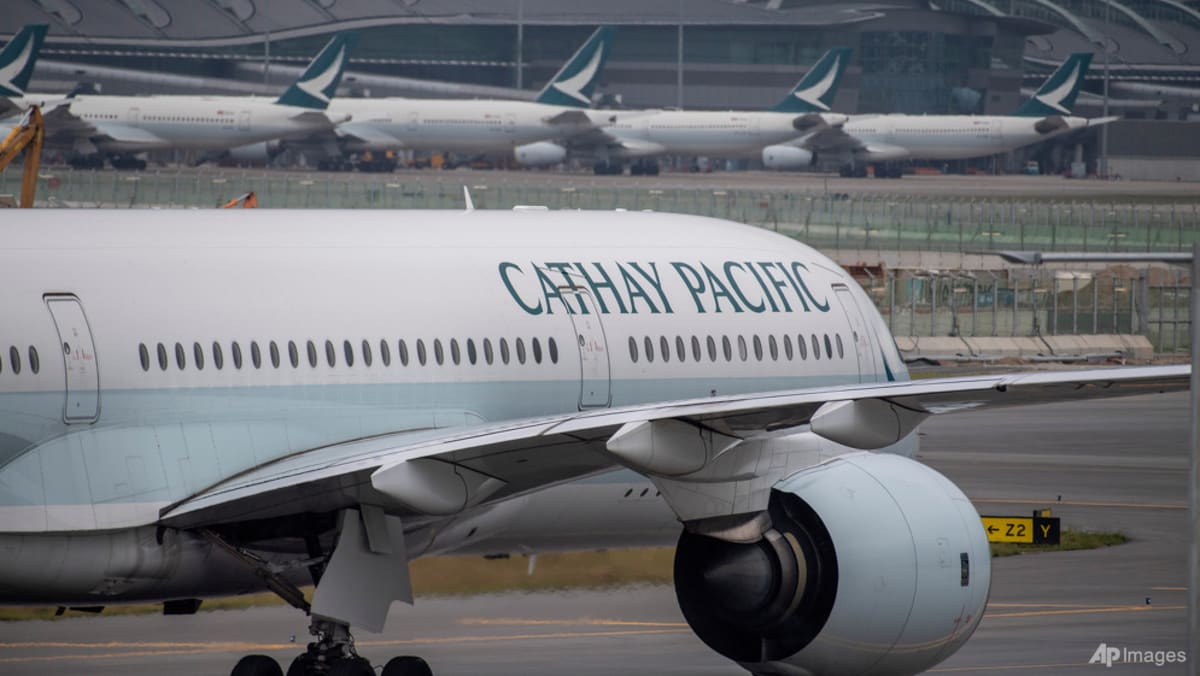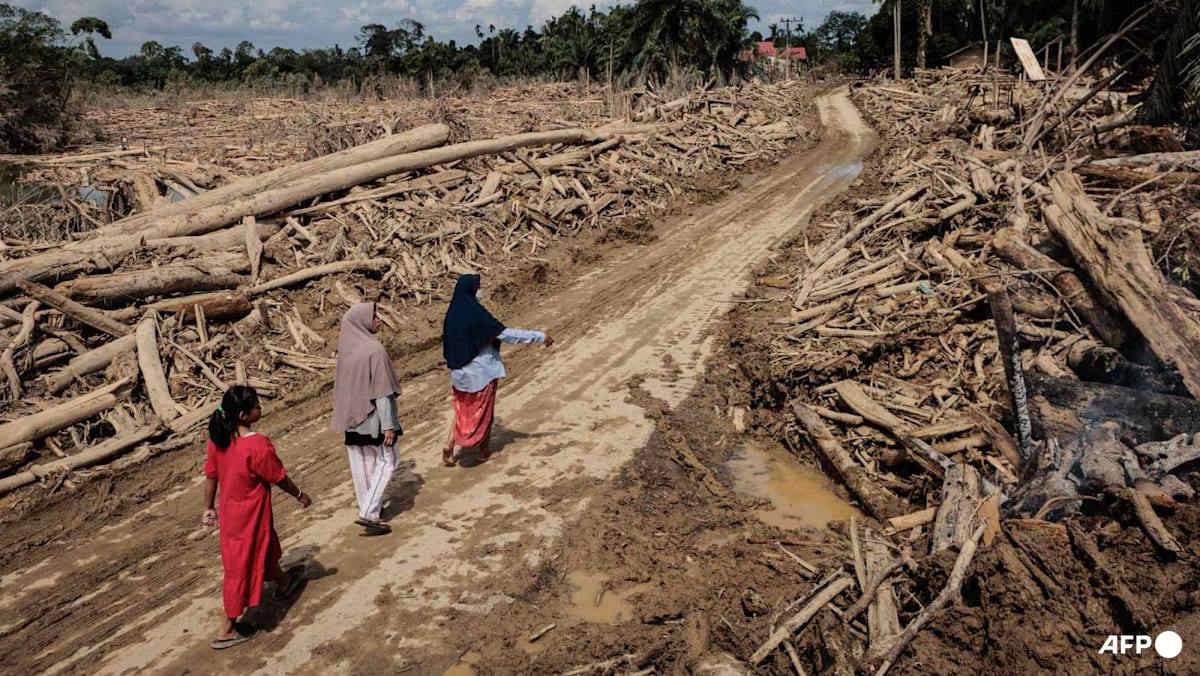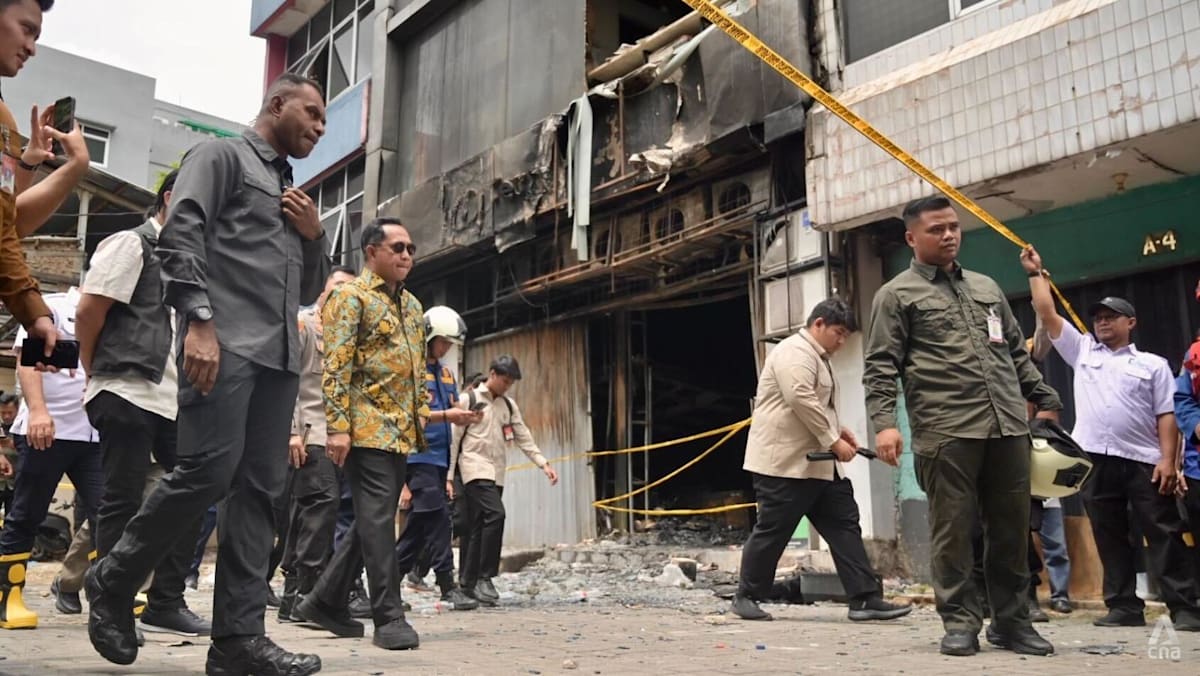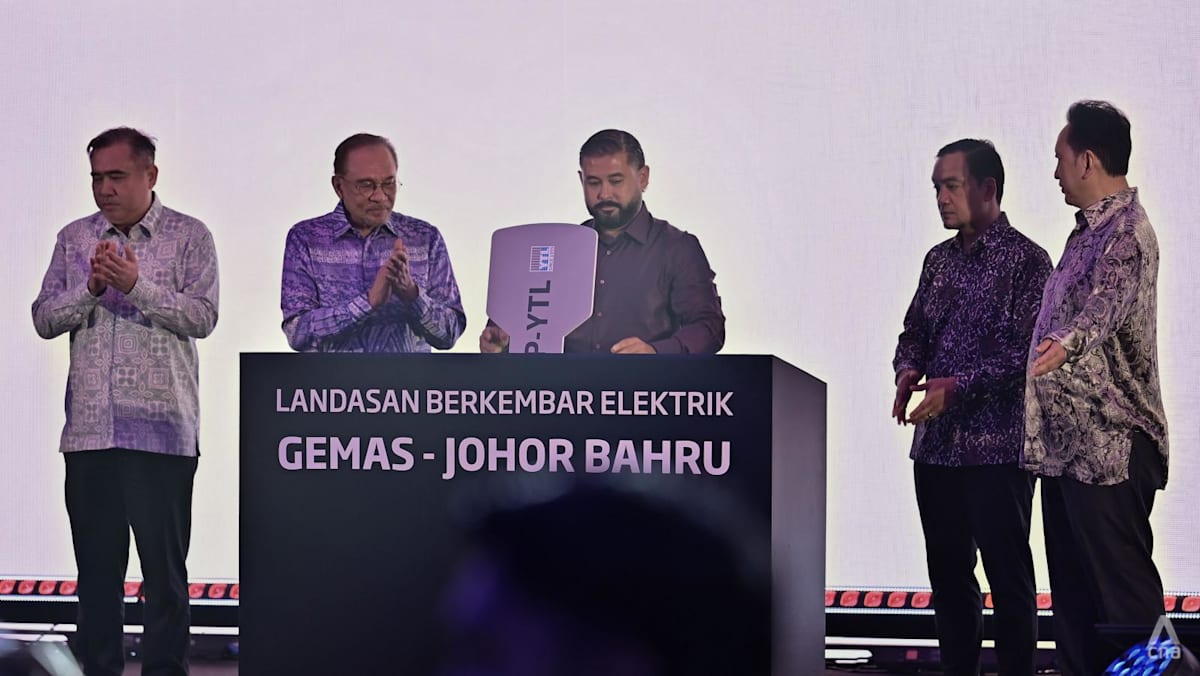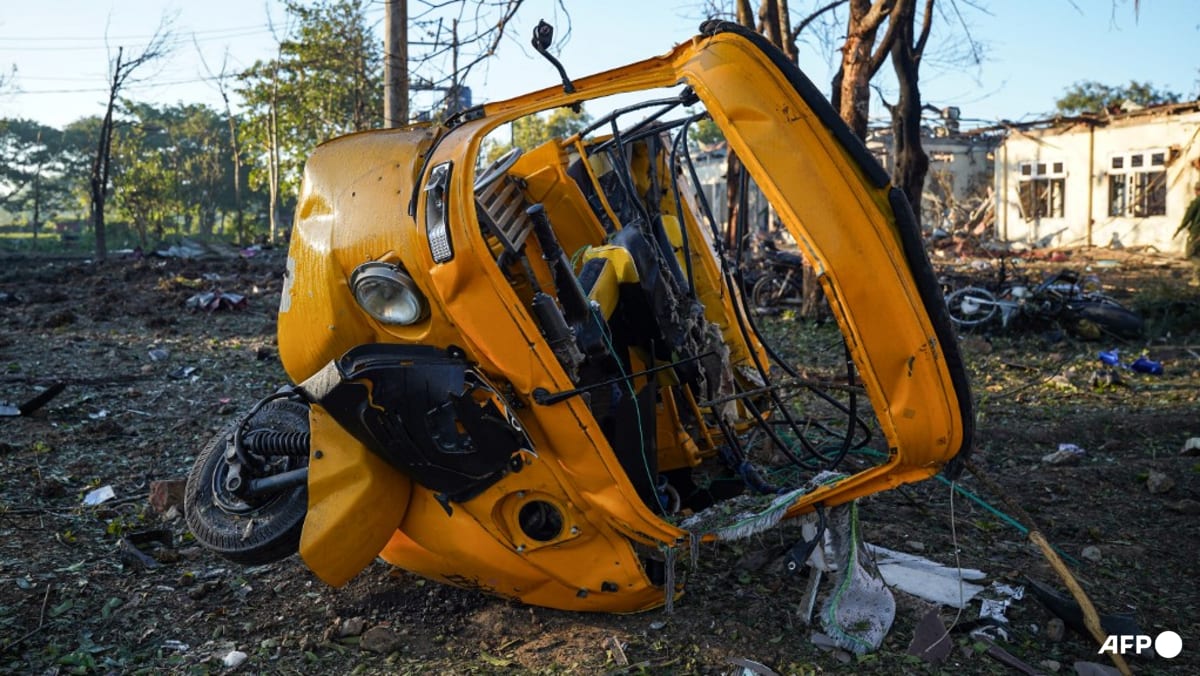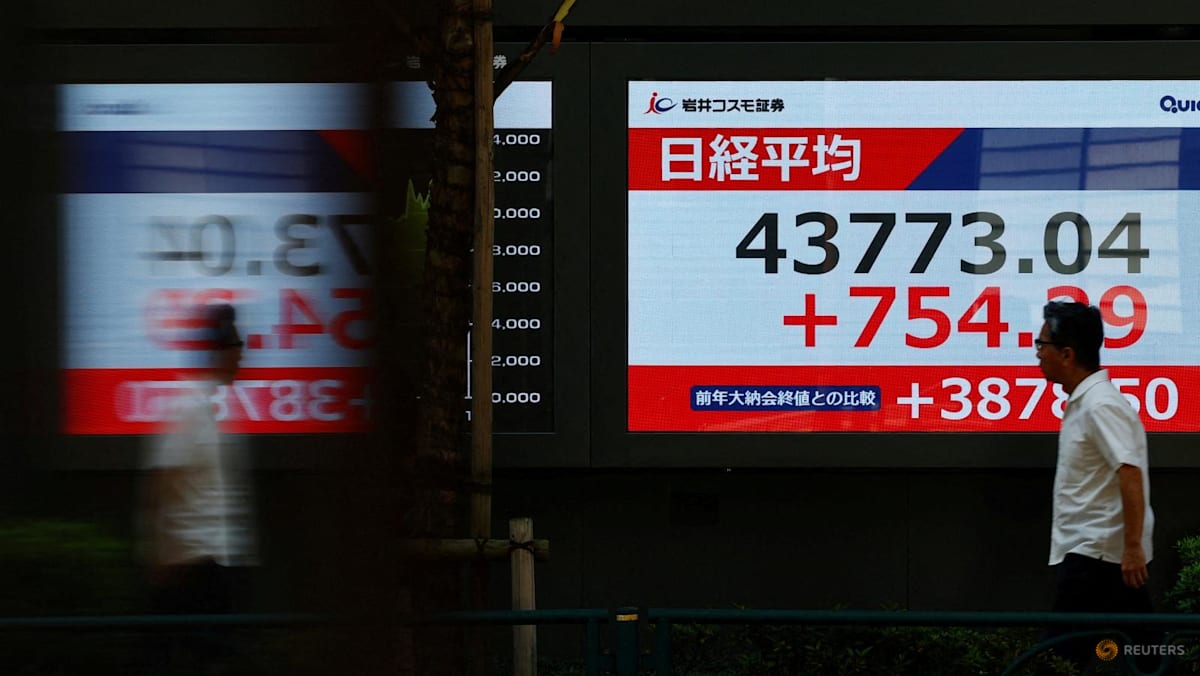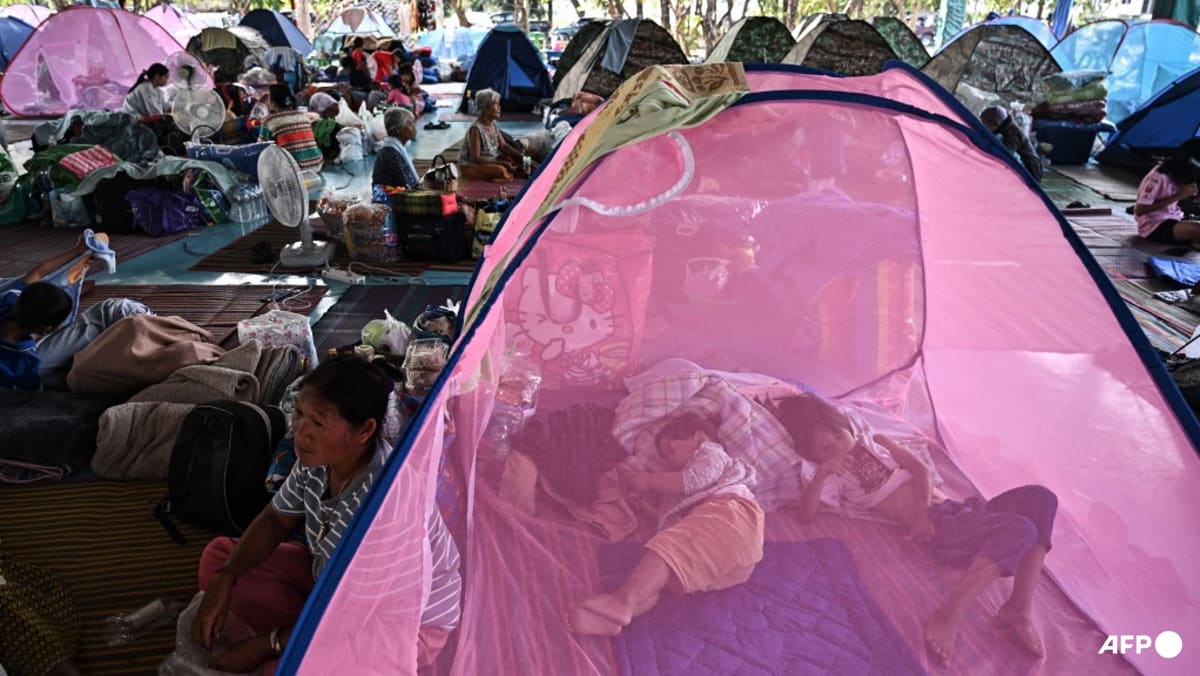Commentary: Breaking the vicious cycle of haze and climate change in Southeast Asia

GET ON THE GROUND TO MITIGATE HAZE
Transboundary haze pollution in Southeast Asia is acknowledged as a multi-faceted problem that requires inter-governmental cooperation and multi-stakeholder engagement with the local communities, provincial governments, corporations and civil society.
ASEAN-level engagement over haze has been ongoing since the 1990s, and the Singapore government enacted a transboundary haze pollution law in 2015. Analysis of the root causes, factors, impacts and implications of the haze have been well examined by scholars for years. Yet, the problem recurs year after year.
It is now time to go beyond the diplomatic and academic space and get on the ground to persuade communities, corporations, and governments that it is in their best interests to conserve peatlands. Put simply, every effort at keeping our store of carbon sequestered in our peatlands will help in our climate and haze mitigation.
In this regard, the present momentum in the region in using carbon pricing instruments and the establishment of voluntary carbon emission trading markets (as Indonesia has recently done) could be a window of opportunity to incentivise stakeholders to scale-up their conservation efforts and generate quality carbon credits that can be monetised.
The United Kingdom, for example, has pioneered an innovative natural capital financing mechanism called the Peatland Code using a voluntary standard to provide independent validation and verification for peatland restoration projects.
Through this, the UK has been registering some 200 peatland projects in its national registry and tracking the total peatland area restored and total amount of emission reductions using blended public and private financing. The Code assures investors of good practice and replaces the need for individual project audits.
Progress towards such opportunities in Southeast Asia’s peatlands must be inclusive. The results should be measurable, reportable and verifiable according to global standards.
While this may be challenging in the current governance landscape, the benefits are well worth it. For peatland communities, this could contribute to improved livelihoods. For corporations, the same could feed into their sustainability transitions. For governments, they can bolster national carbon inventory accounting. For the region, it could finally mean the achievement of the vision for a “Haze-Free ASEAN”.
Sharon Seah is Senior Fellow and Coordinator at the ASEAN Studies Centre, ISEAS – Yusof Ishak Institute. Helena Varkkey is Associate Professor of Environmental Politics and Governance at the Department of International and Strategic Studies, Universiti Malaya. This commentary first appeared on ISEAS – Yusof Ishak Institute’s blog, Fulcrum.
Source: CNA



